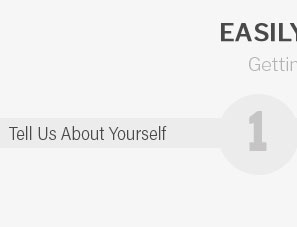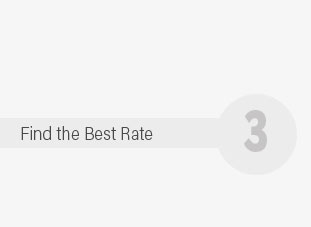 |
 |
 |
|---|
 |
 |
 |
 |
|---|
 |
 |
 |
 |
 |
 |
|---|

Understanding Whole Life Insurance Rates: Key Insights and ConsiderationsWhat is Whole Life Insurance?Whole life insurance is a type of permanent life insurance that provides coverage for the insured's entire lifetime. Unlike term life insurance, which only covers a specific period, whole life insurance includes a savings component, allowing policyholders to build cash value over time. Features of Whole Life Insurance
Factors Influencing Whole Life Insurance RatesWhole life insurance rates are determined by various factors that insurers consider when calculating premiums. Here are some key elements: Age and HealthYounger and healthier individuals generally pay lower premiums because they pose a lower risk to insurers. Regular health assessments can be part of the underwriting process. Policy FeaturesThe size of the death benefit and the type of policy riders chosen can significantly affect premium costs. Adding riders for additional benefits will typically increase premiums. Financial Strength of the InsurerCompanies with strong financial ratings might offer competitive rates. It's crucial to compare options from various providers to find life insurance policy quotes free that fit your needs. Comparing Whole Life Insurance with Other TypesUnderstanding the differences between whole life insurance and other types like term or universal life insurance can guide decision-making. Whole Life vs. Term Life InsuranceWhile term life insurance is often cheaper, it does not build cash value and only lasts for a specified term, unlike whole life insurance, which offers permanent coverage and savings. Whole Life vs. Universal Life InsuranceUniversal life insurance provides more flexibility with premium payments and death benefits but requires careful management to maintain the policy. It’s essential to consider these nuances when weighing options. Tips for Finding the Best Whole Life Insurance RatesSecuring the best whole life insurance rates involves diligent research and planning.
Frequently Asked Questions
https://www.nerdwallet.com/article/insurance/cost-of-whole-life-insurance
Sample whole life insurance rates. The cost of whole life insurance comes down to the amount of coverage you're buying, the payment period you ... https://www.northwesternmutual.com/life-and-money/how-much-does-whole-life-insurance-cost/
The cost of a whole life insurance policy takes several things into account. Your quote will depend on things like: https://www.aflac.com/resources/life-insurance/whole-life-insurance-rates-by-age.aspx
How much does whole life insurance cost? A $500,000 whole life insurance policy costs an average of $451 per month for a 30-year-old non-smoker in good health.2 ...
|
|---|